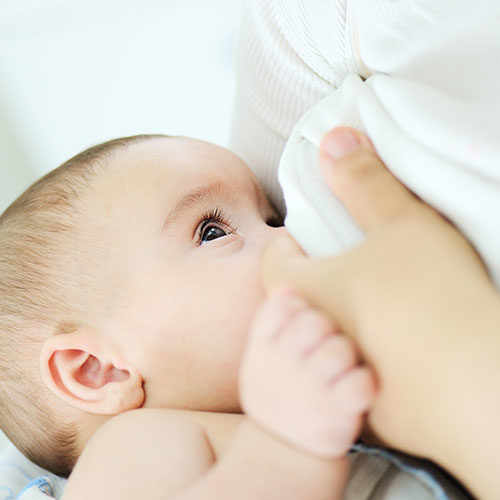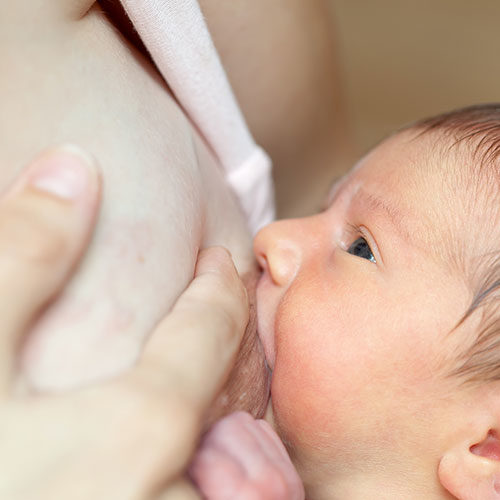How to wake up a sleeping baby?
Until the baby regains birth weight, it is important to nurse the baby every 1.5 to 2 hours or on-demand; whichever is earlier. Sometimes, some babies sleep for longer durations. Such naps could go beyond 2 hours. At the newborn stage, it is important to wake the baby up for nursing.
Before learning how to wake up a sleeping baby, it is important to know why it is important to do so. Before the baby has retained birth weight, some babies wake up and provide clear early cues of hunger. Viz. Looking here and there, rooting, smacking lips, making sounds, bringing hands/fist to mouth and crying. What’s very important to understand here is that crying is a very late response to hunger. Also, some babies skip this response altogether and simply go back to sleep. So, if for some reason, the earliest hunger cues go unnoticed, and the baby goes off to sleep again, it can affect the baby adversely. Hence, it is important to wake the baby to nurse at regular intervals.
There are certain techniques that can be used to wake up a sleeping baby.
- Unswaddle the baby
- Undress the baby
- Change nappy/diaper
- Gently massage the hands and feet of the baby
- Put the naked baby on the bare body of the mother to ensure maximum skin to skin contact and warmth

Wish to speak with a member of our team who is a certified lactation professional and also an experienced breastfeeding mother, click on this link.
Medical Advice Disclaimer
THIS WEBSITE DOES NOT PROVIDE MEDICAL ADVICE.
The information, including but not limited to, text, graphics, images and other material contained on this website are for informational purposes only. No material on this site is intended to be a substitute for professional medical advice, diagnosis or treatment. Always seek the advice of your physician or other qualified health care provider with any questions you may have regarding a medical condition or treatment before undertaking a new health care regimen, and never disregard professional medical advice or delay in seeking it because of something you have read on this website.
Disclaimer
We understand and acknowledge that parents and babies can be of various genders on a spectrum of LGBTQI+. Families come in diverse flavours. However, in our articles, for the sake of simplicity and convenience, we will be referring to the breastfeeding parent as the mother and using the female pronouns- ‘she’ and ‘her’ for babies. Babies can be nourished and nurtured in different ways and while we have used the terms breastfeeding and nursing, we recognize that parents can opt to chest feed or finger feed.
We don’t have conflicts of interest and declare, and we are compliant with the WHO code of marketing of breastmilk substitutes and the IMS act.
In case you find any information on this website that needs to be updated, please write to us at info@bsim.org.in






